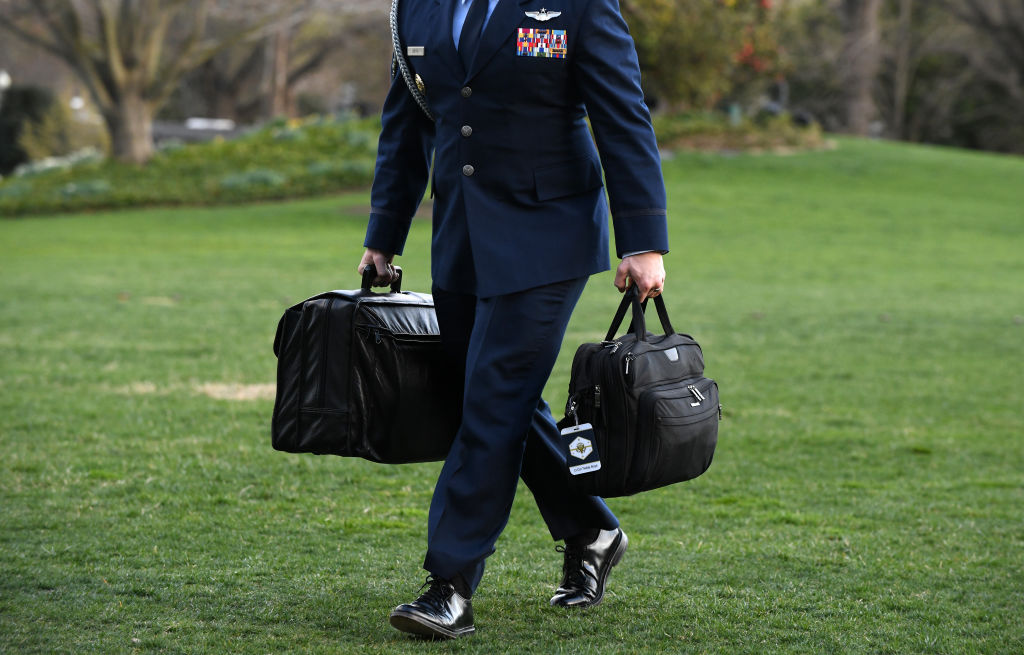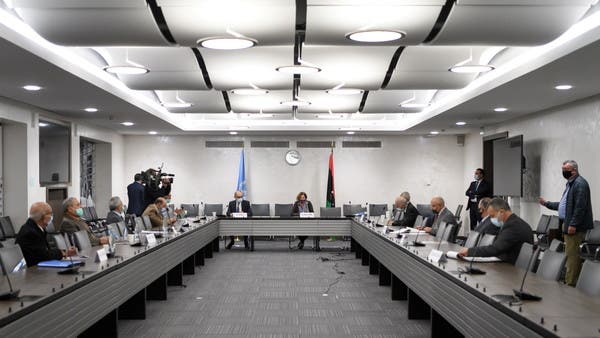(439) 09-26-2020-to-10-02-2020___****THE****WINDS****of****WAR****
WAR - 09-26-2020-to-10-02-2020___****THE****WINDS****of****WAR****
(436) 09-05-2020-to-09-11-2020___****THE****WINDS****of****WAR**** WAR - 09-05-2020-to-09-11-2020___****THE****WINDS****of****WAR**** (433)...

www.timebomb2000.com
(440) 10-03-2020-to-10-09-2020___****THE****WINDS****of****WAR****
WAR - 10-03-2020-to-10-09-2020___****THE****WINDS****of****WAR****
WAR - 09-12-2020-to-09-18-2020___****THE****WINDS****of****WAR**** (434) 08-22-2020-to-08-28-2020___****THE****WINDS****of****WAR**** WAR - 08-22-2020-to-08-28-2020___****THE****WINDS****of****WAR**** (435)...
 www.timebomb2000.com
www.timebomb2000.com
(441)10-10-2020-to-10-16-2020___****THE****WINDS****of****WAR****
 www.timebomb2000.com
www.timebomb2000.com
------------------------
Posted for fair use.....

 www.upi.com
www.upi.com
Defense News
Oct. 16, 2020 / 1:04 PM
Putin proposes one-year extension of nuclear arms treaty
By Ed Adamczyk
Oct. 16 (UPI) -- Russian President Vladimir Putin on Friday proposed a one-year extension of the New START nuclear arms agreement with the United States, which is set to expire in February.
"It would be extremely sad if this treaty ceased to exist and was not replaced by another fundamental document of this kind," Putin told members of Russia's Security Council in a Friday videoconference.
"During all the previous years, the New START [the current treaty, initiated in 2010] worked and worked properly, performing its fundamental role as a constraint curtailing the arms race and a tool of arms control," Putin said. "In this regard, I have a proposal, namely, to extend the Treaty now in effect unconditionally for at least a year in order to have a chance to hold substantive talks on all the parameters of problems that are regulated by treaties of this kind."
The Strategic Arms Reduction Treaty, known as START, is the only remaining nuclear arms treaty left between the United States and Russia.
RELATED China enters arms trade treaty after selling drones to Serbia
The United States withdrew from the Open Skies Treaty, meant to reduce the chances of an accidental nuclear war, earlier this year.
Negotiations regarding the treaty have been ongoing, but intensified last week. Chief U.S. arms negotiator Marshall Billingslea met with Russian Deputy Foreign Minister Sergei Ryabkov in Helsinki on Oct. 6, after discussions in Vienna in August.
The United States has not received Russian support in broadening the 2010 terms of the treaty.
RELATED Russia says using new U.S. warheads would provoke nuclear retaliation
Earlier this month, a senior U.S. official said the outlines of a deal had been reached, but Russian officials quickly said there was no agreement. Russia had earlier called for a five-year extension.
In the videoconference, Russian Foreign Minister Sergei Lavrov referred to numerous U.S. proposals as "conditions, or rather preconditions" which are "outside our frame of reference."
RELATED Russia ready to talk hypersonic weapons with U.S., foreign minister says
WAR - 09-26-2020-to-10-02-2020___****THE****WINDS****of****WAR****
(436) 09-05-2020-to-09-11-2020___****THE****WINDS****of****WAR**** WAR - 09-05-2020-to-09-11-2020___****THE****WINDS****of****WAR**** (433)...
www.timebomb2000.com
(440) 10-03-2020-to-10-09-2020___****THE****WINDS****of****WAR****
WAR - 10-03-2020-to-10-09-2020___****THE****WINDS****of****WAR****
WAR - 09-12-2020-to-09-18-2020___****THE****WINDS****of****WAR**** (434) 08-22-2020-to-08-28-2020___****THE****WINDS****of****WAR**** WAR - 08-22-2020-to-08-28-2020___****THE****WINDS****of****WAR**** (435)...
(441)10-10-2020-to-10-16-2020___****THE****WINDS****of****WAR****
WAR - 10-10-2020-to-10-16-2020___****THE****WINDS****of****WAR****
(438) 09-19-2020-to-09-25-2020___****THE****WINDS****of****WAR**** WAR - 09-19-2020-to-09-25-2020___****THE****WINDS****of****WAR**** Sorry for the delay...
------------------------
Posted for fair use.....

Russian President Vladimir Putin proposes one-year extension of nuclear arms treaty - UPI.com
Russian President Vladimir Putin on Friday proposed a one-year extension of the New START nuclear arms agreement with the United States, which is set to expire in February.
 www.upi.com
www.upi.com
Defense News
Oct. 16, 2020 / 1:04 PM
Putin proposes one-year extension of nuclear arms treaty
By Ed Adamczyk
Oct. 16 (UPI) -- Russian President Vladimir Putin on Friday proposed a one-year extension of the New START nuclear arms agreement with the United States, which is set to expire in February.
"It would be extremely sad if this treaty ceased to exist and was not replaced by another fundamental document of this kind," Putin told members of Russia's Security Council in a Friday videoconference.
"During all the previous years, the New START [the current treaty, initiated in 2010] worked and worked properly, performing its fundamental role as a constraint curtailing the arms race and a tool of arms control," Putin said. "In this regard, I have a proposal, namely, to extend the Treaty now in effect unconditionally for at least a year in order to have a chance to hold substantive talks on all the parameters of problems that are regulated by treaties of this kind."
The Strategic Arms Reduction Treaty, known as START, is the only remaining nuclear arms treaty left between the United States and Russia.
RELATED China enters arms trade treaty after selling drones to Serbia
The United States withdrew from the Open Skies Treaty, meant to reduce the chances of an accidental nuclear war, earlier this year.
Negotiations regarding the treaty have been ongoing, but intensified last week. Chief U.S. arms negotiator Marshall Billingslea met with Russian Deputy Foreign Minister Sergei Ryabkov in Helsinki on Oct. 6, after discussions in Vienna in August.
The United States has not received Russian support in broadening the 2010 terms of the treaty.
RELATED Russia says using new U.S. warheads would provoke nuclear retaliation
Earlier this month, a senior U.S. official said the outlines of a deal had been reached, but Russian officials quickly said there was no agreement. Russia had earlier called for a five-year extension.
In the videoconference, Russian Foreign Minister Sergei Lavrov referred to numerous U.S. proposals as "conditions, or rather preconditions" which are "outside our frame of reference."
RELATED Russia ready to talk hypersonic weapons with U.S., foreign minister says

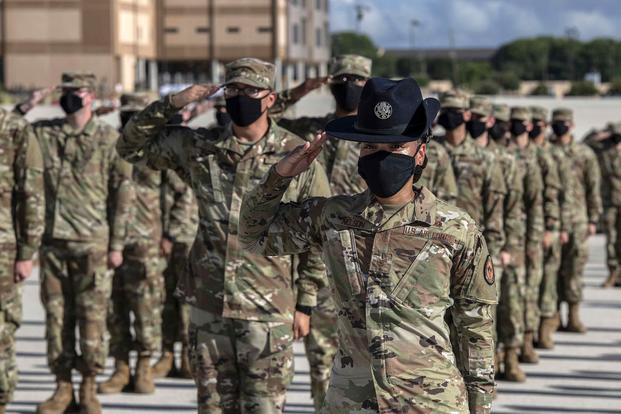
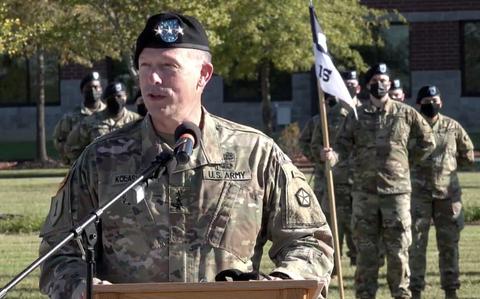











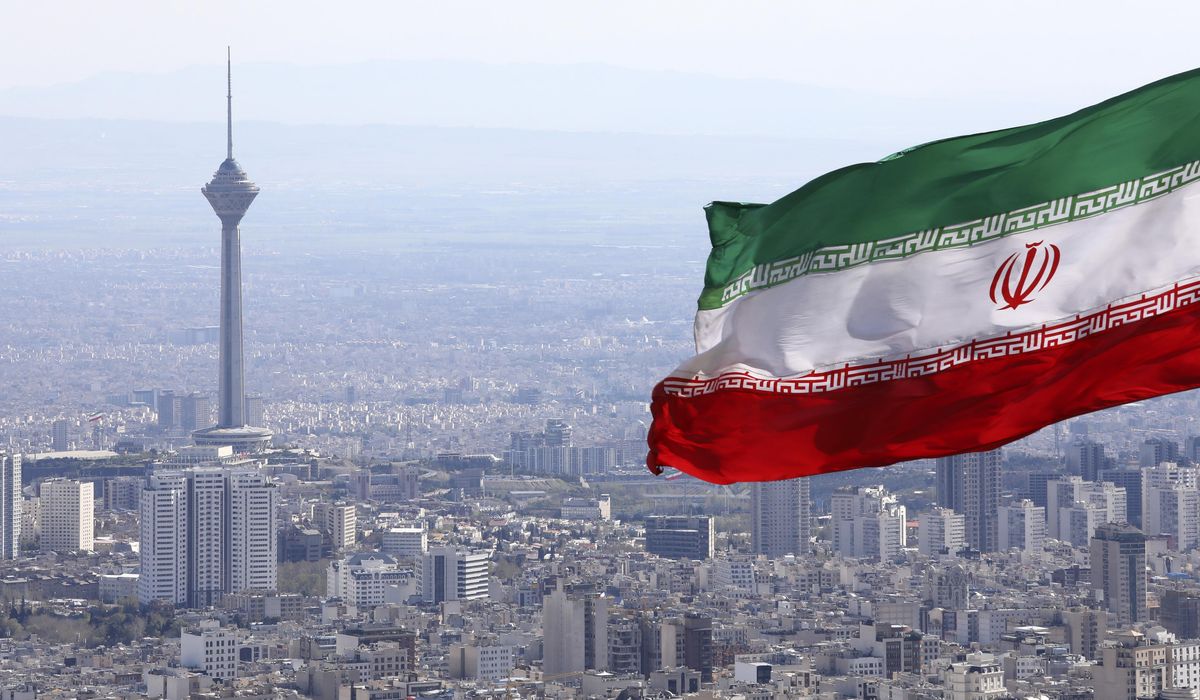
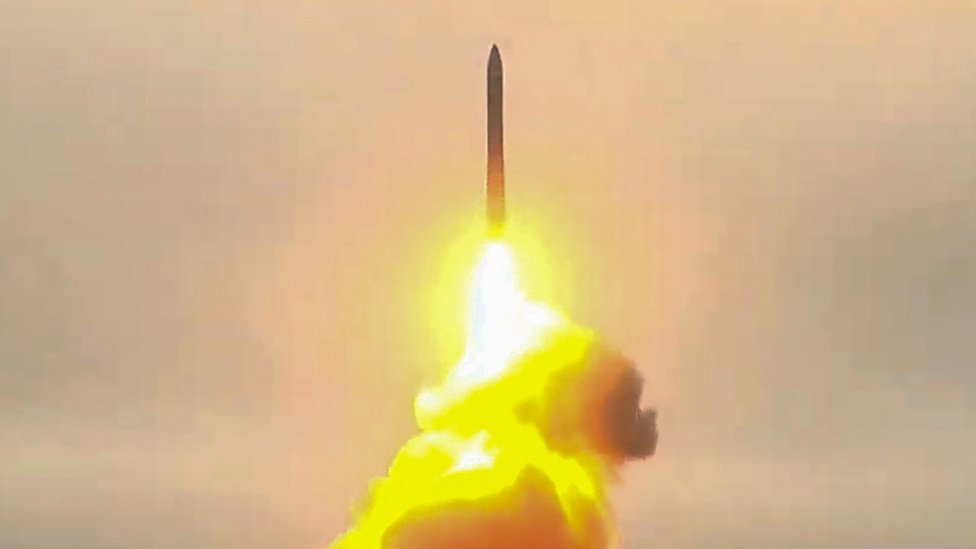
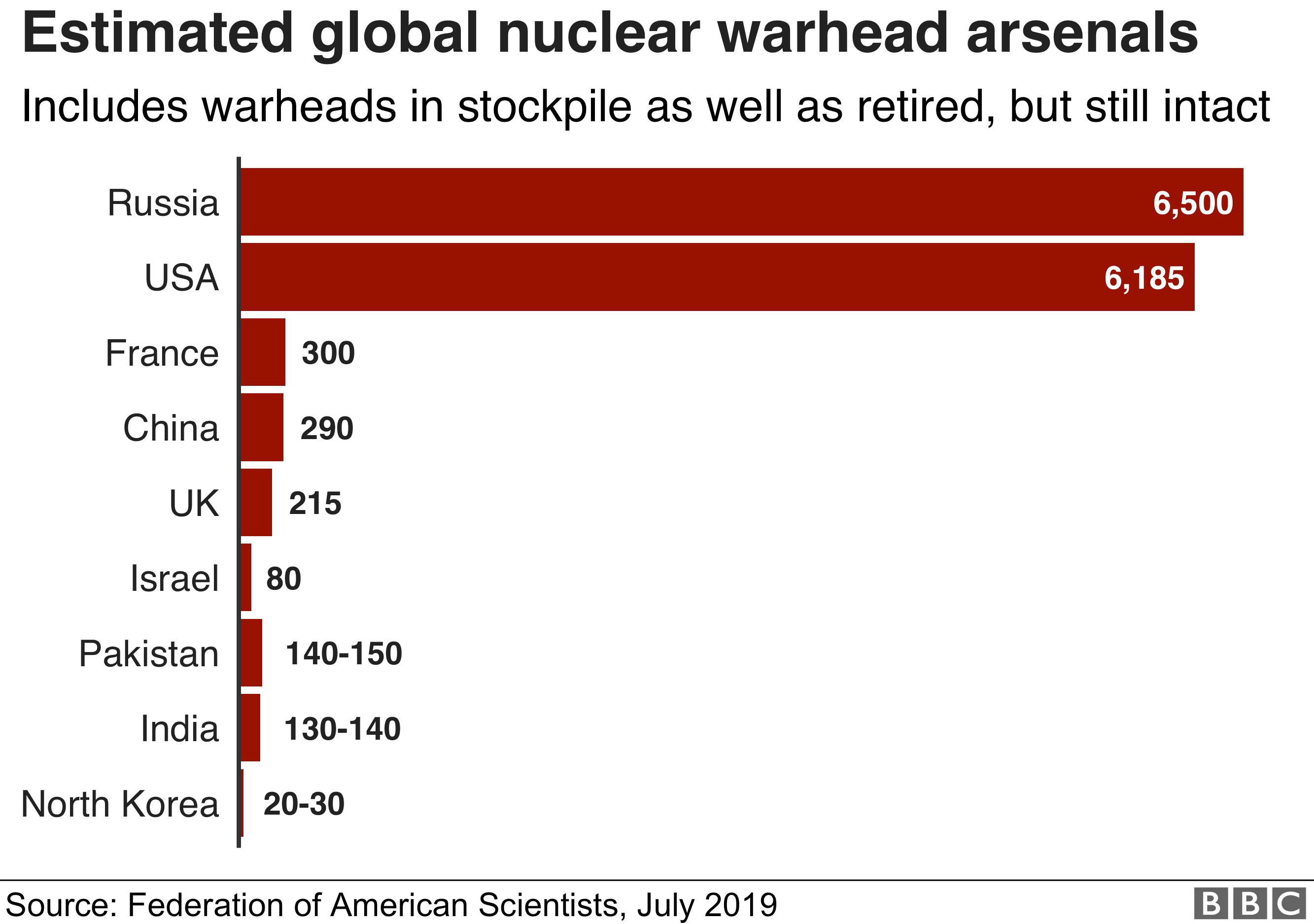

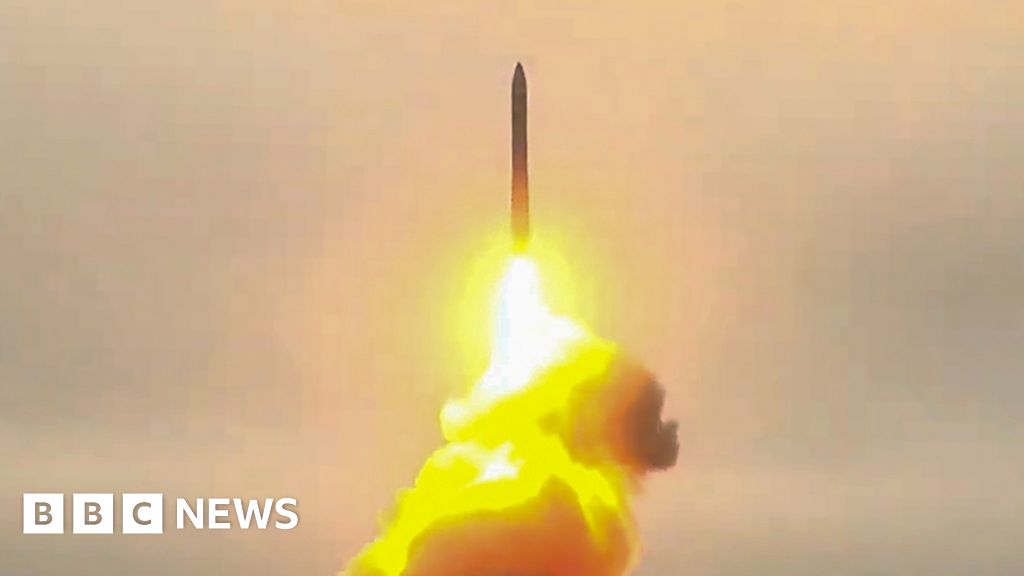

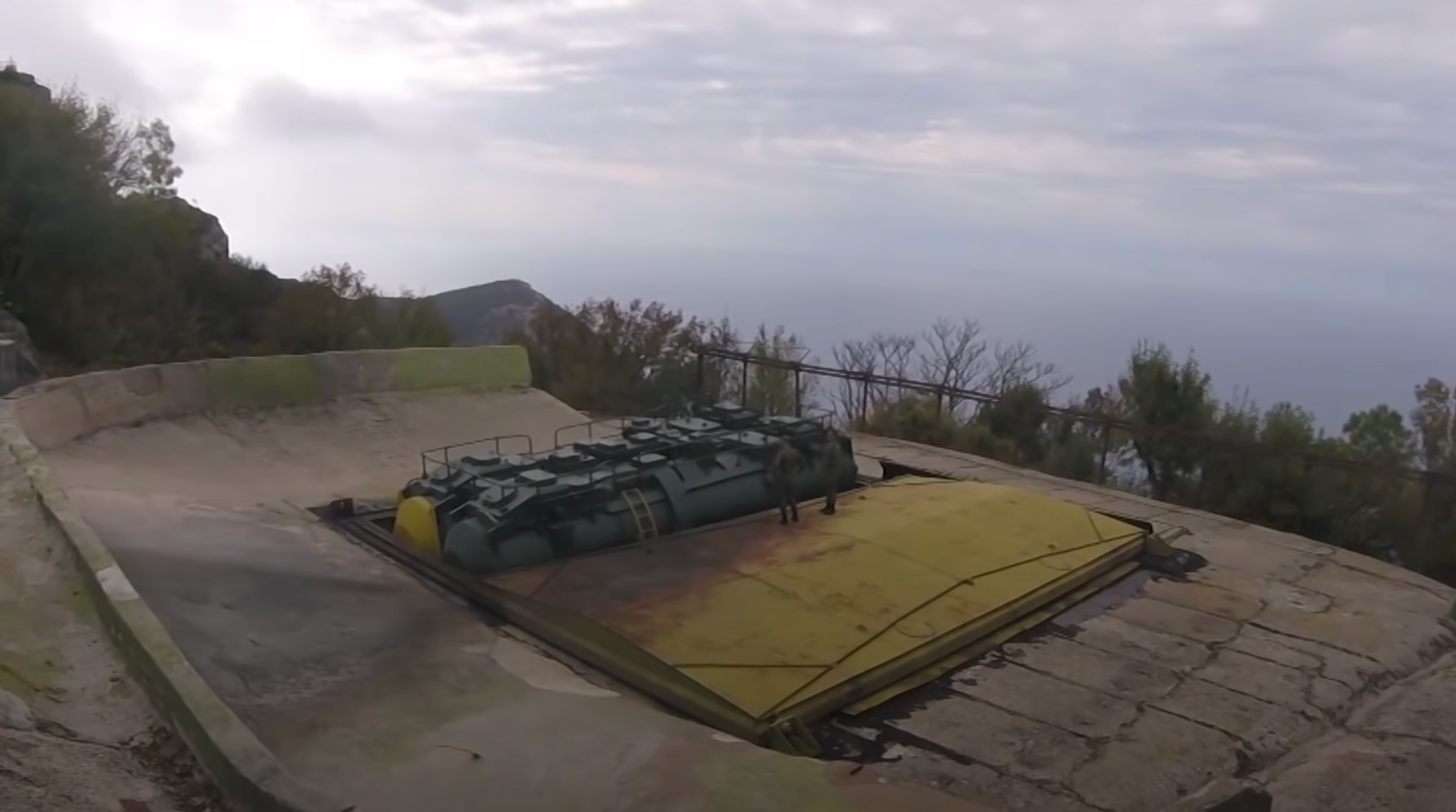
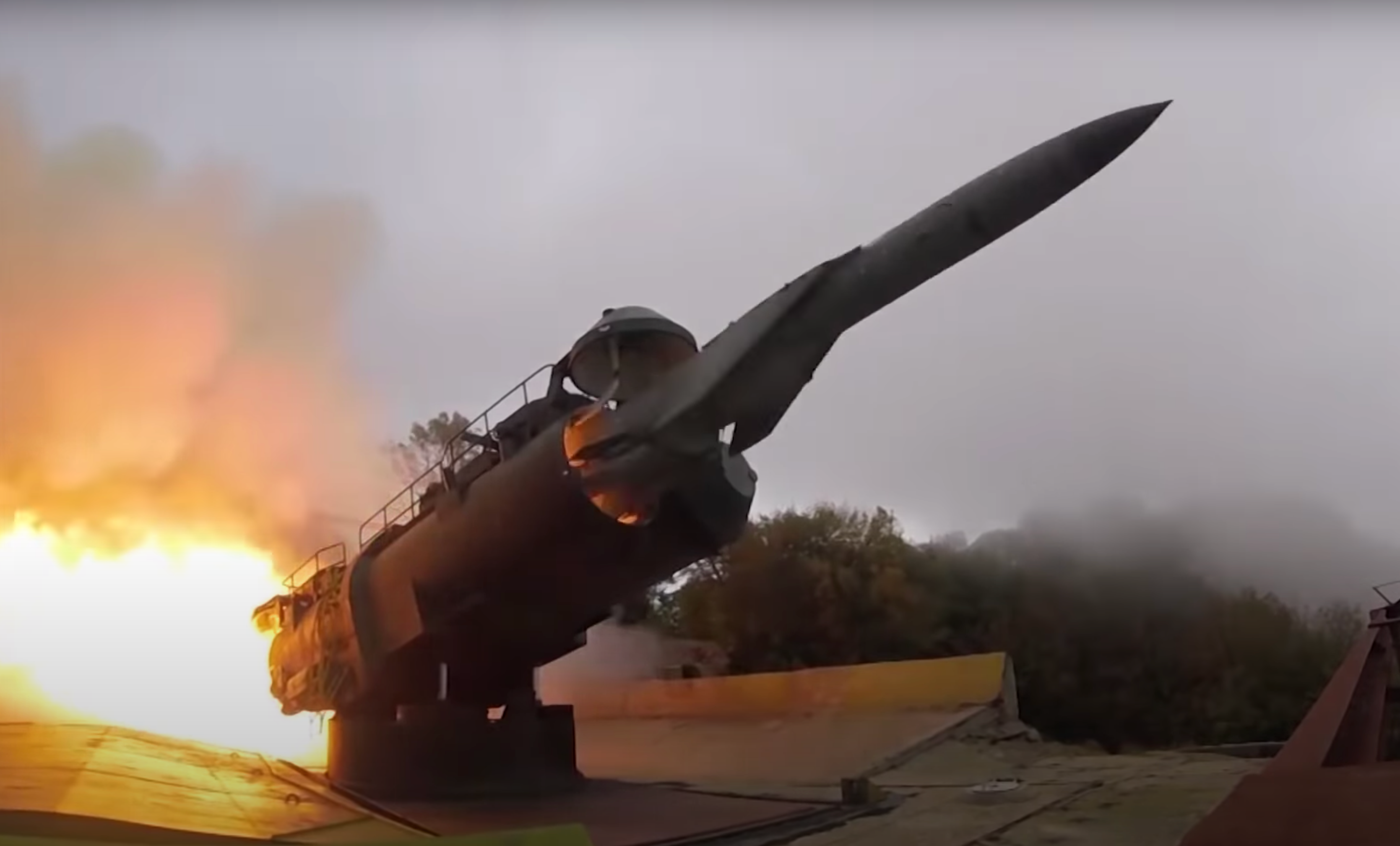
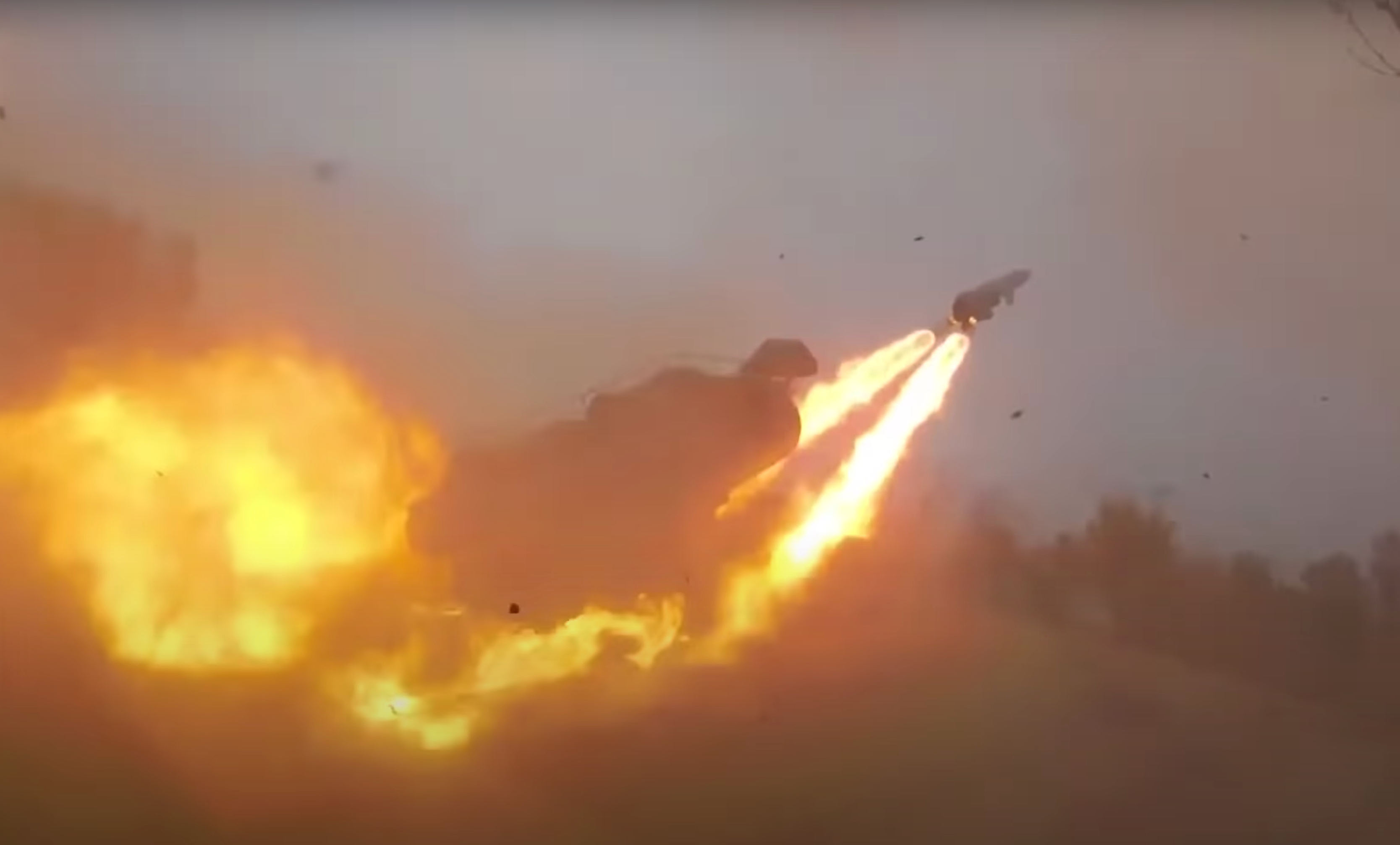
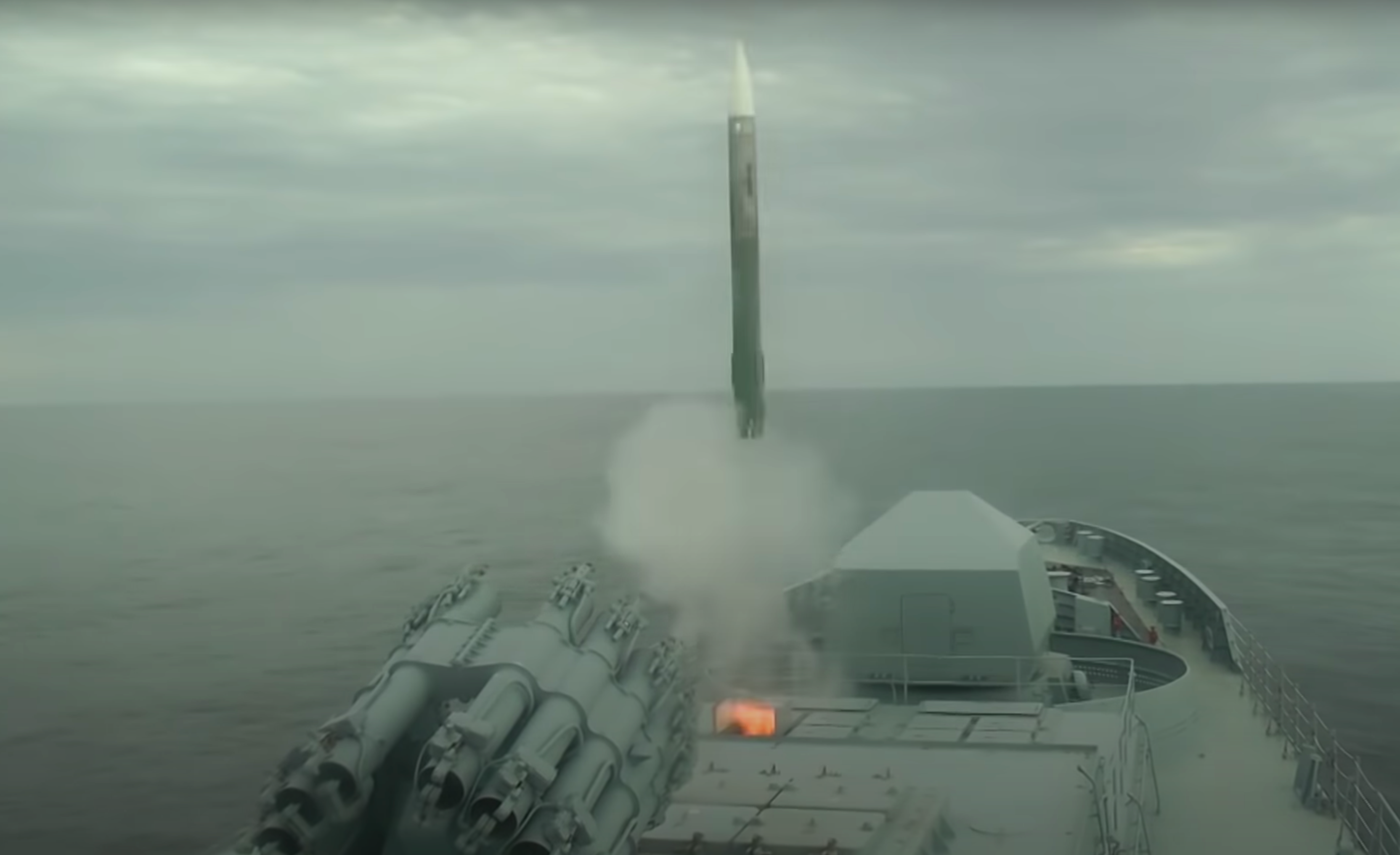
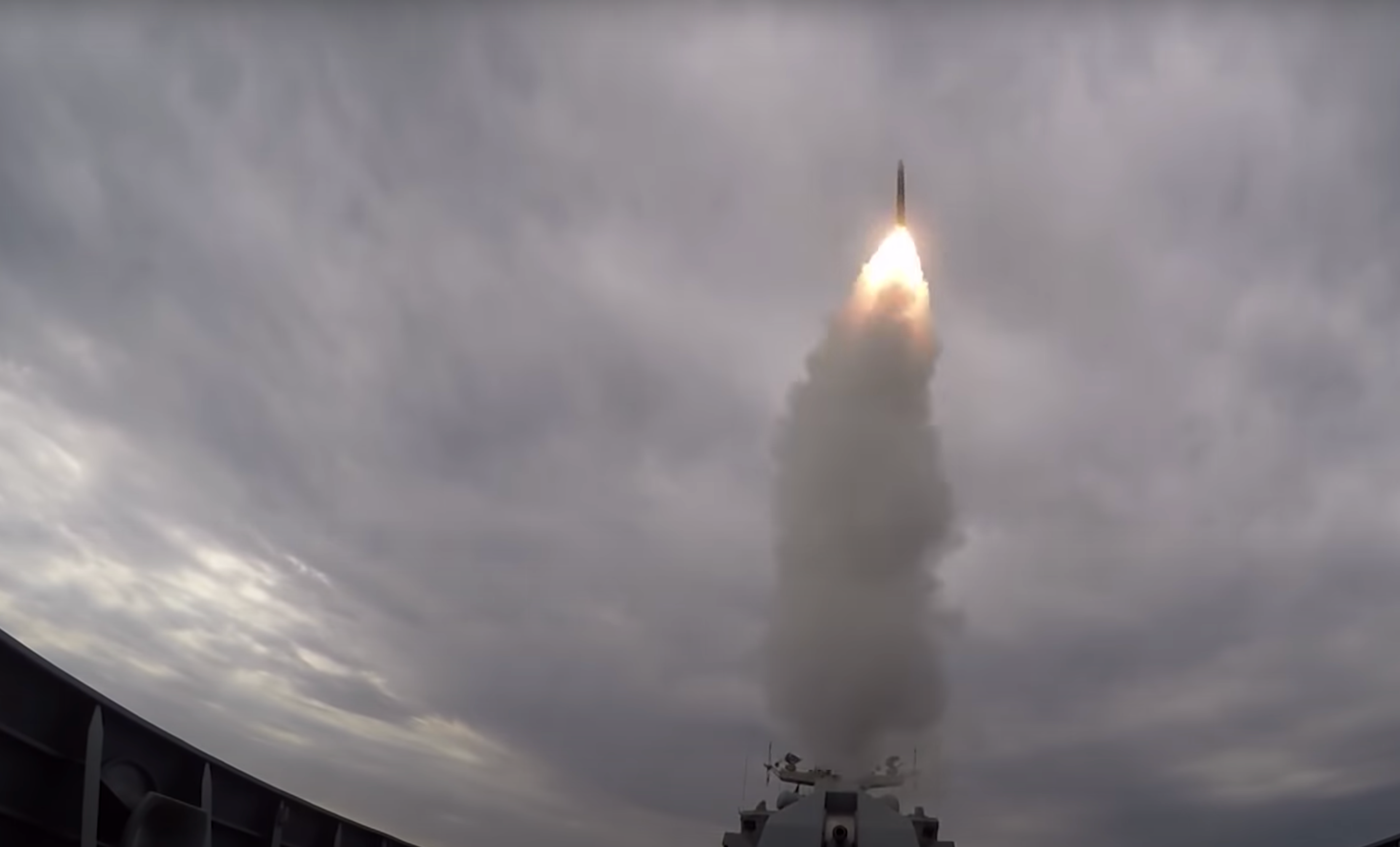
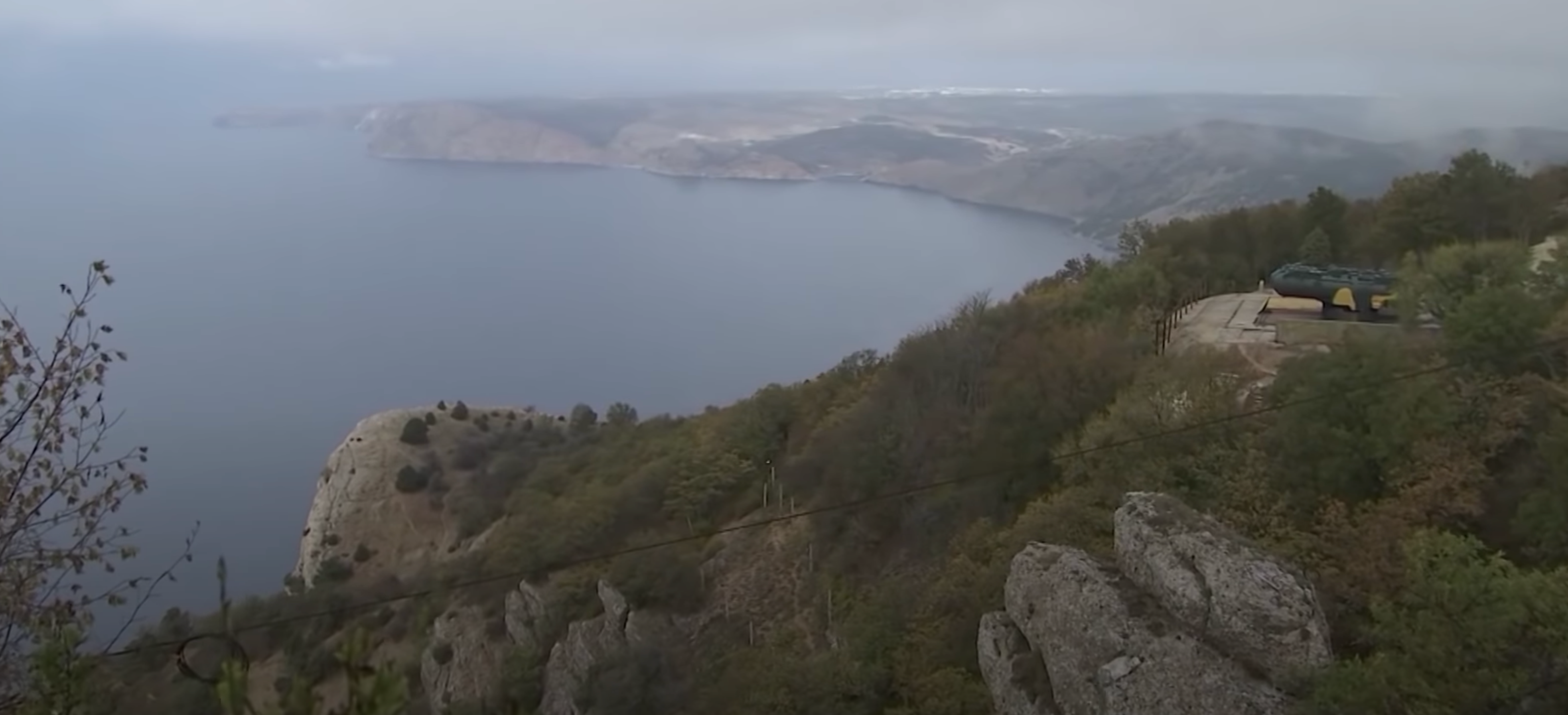
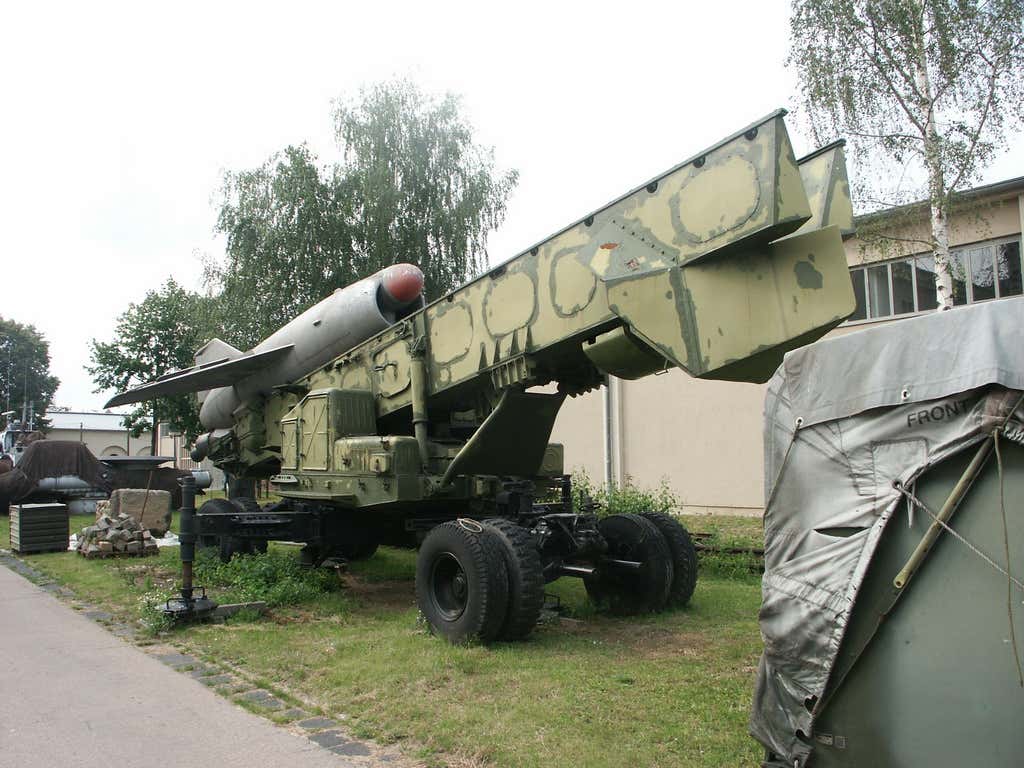
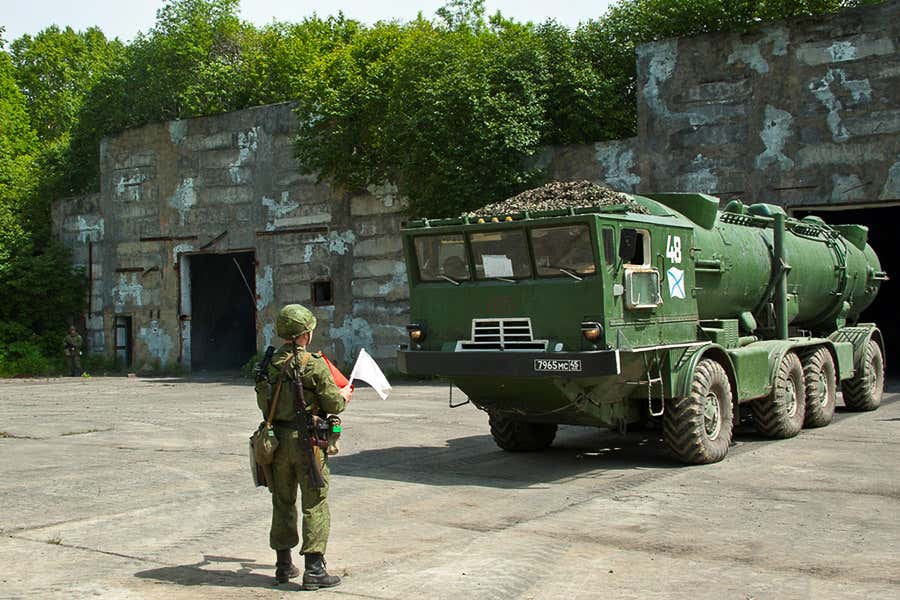
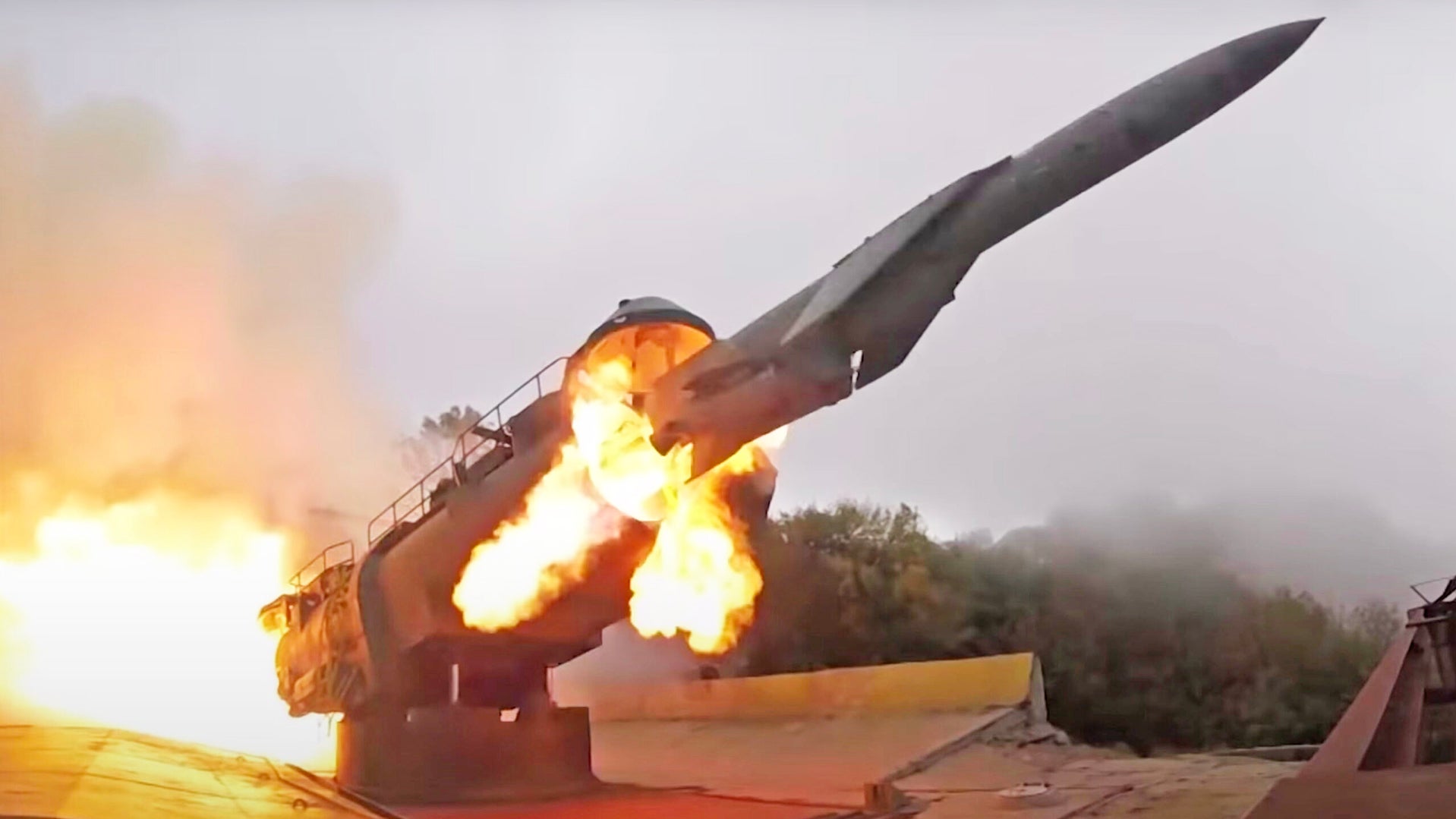
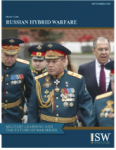
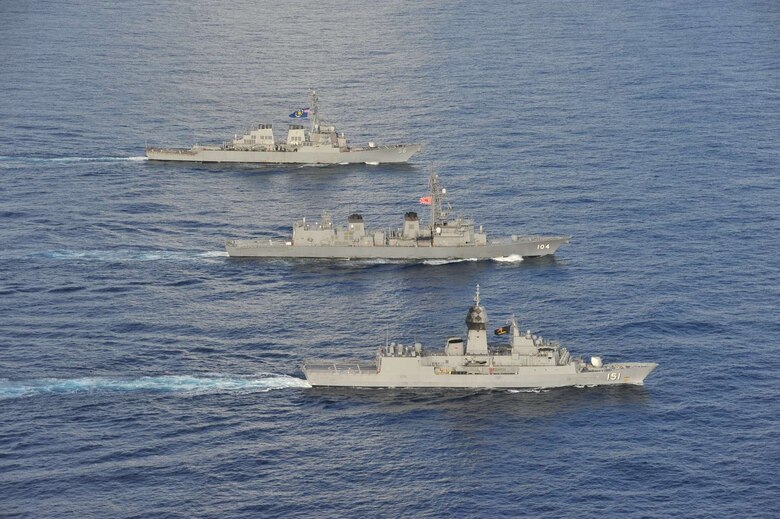
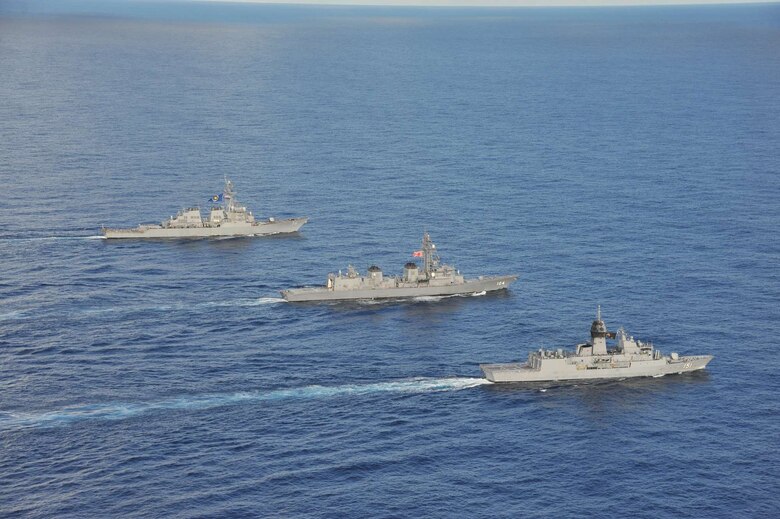
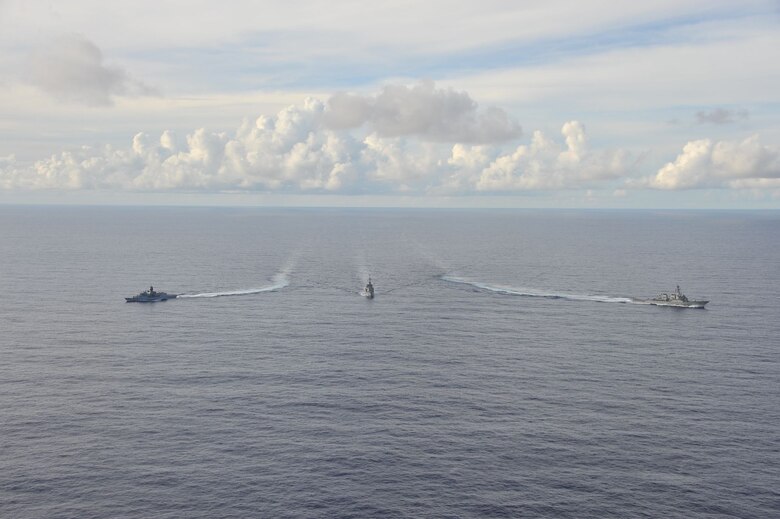
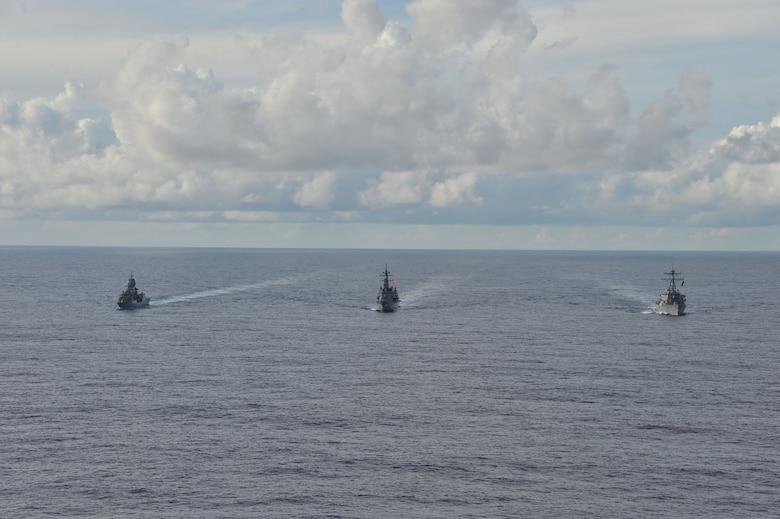







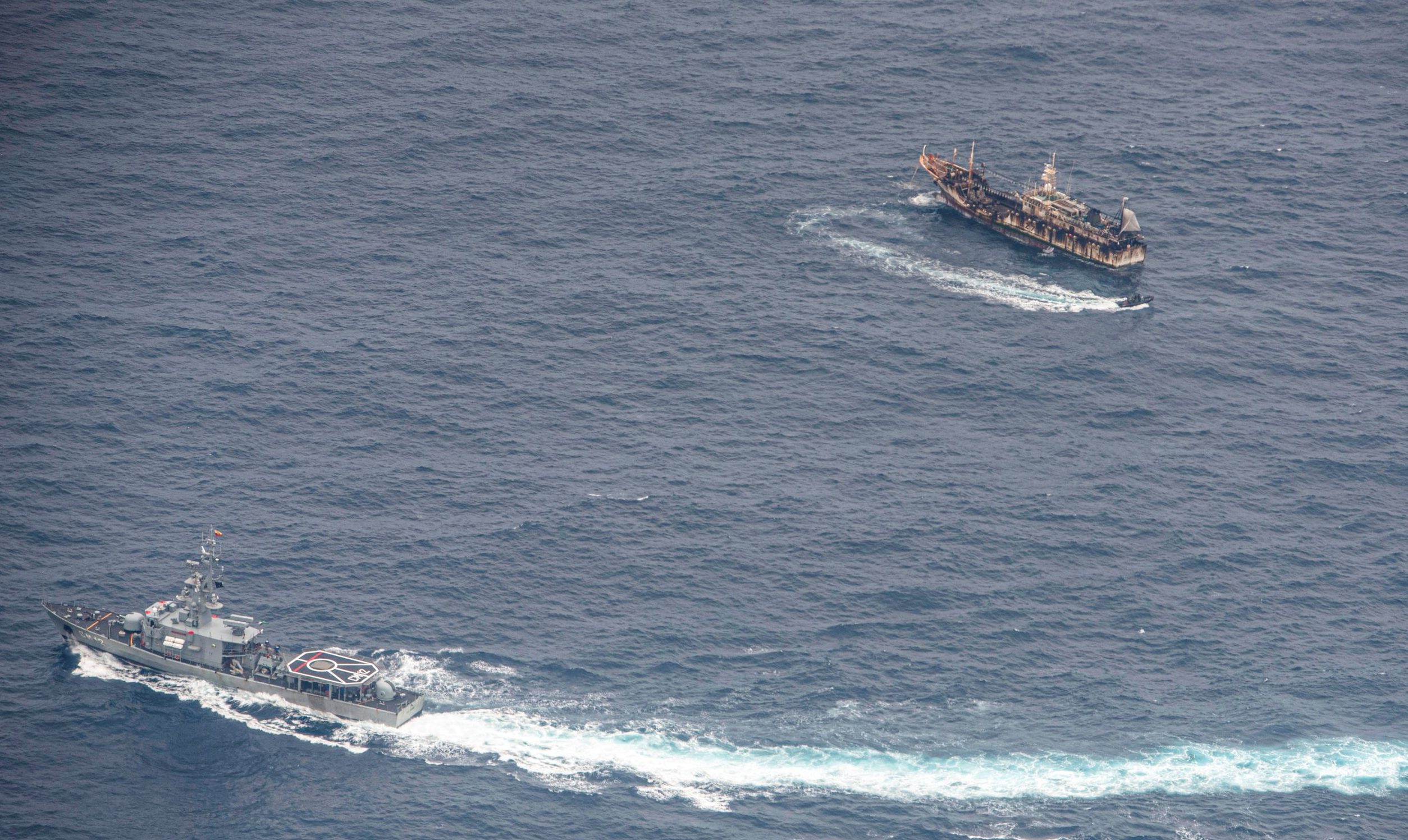




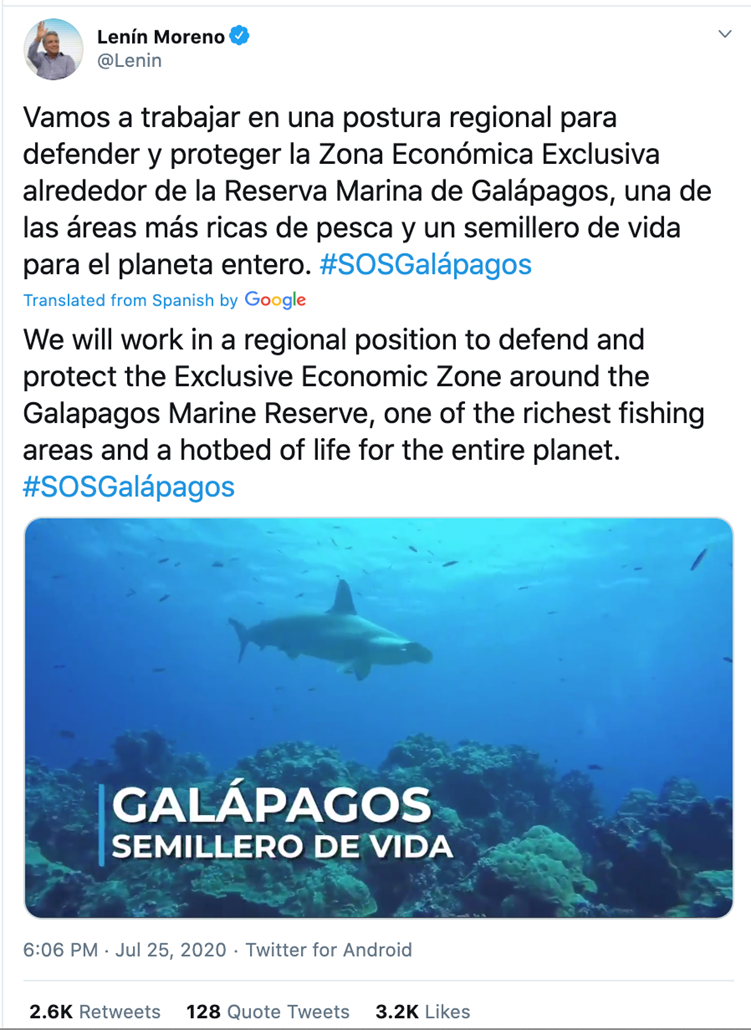




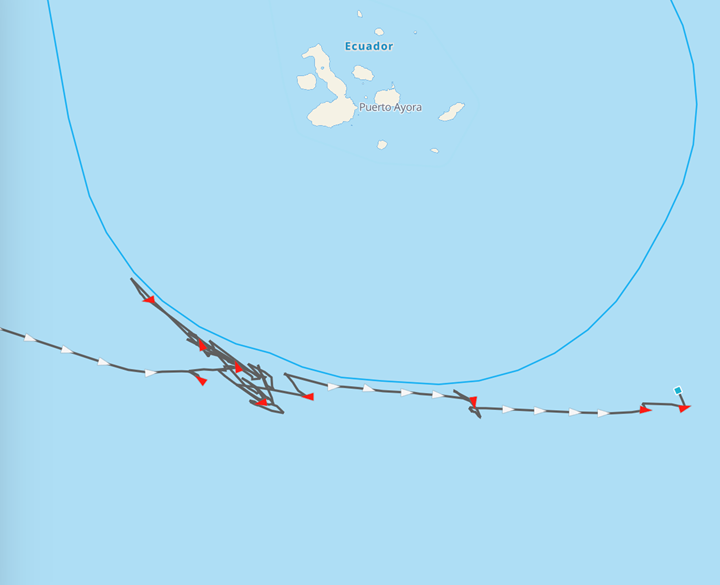
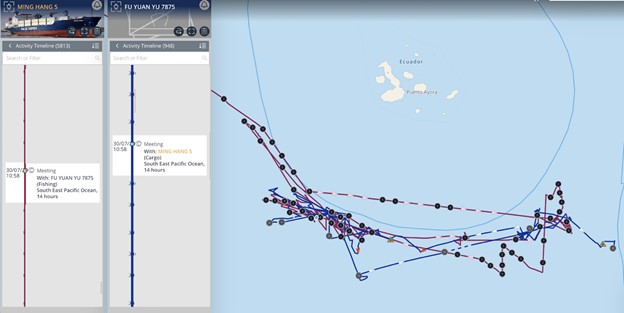









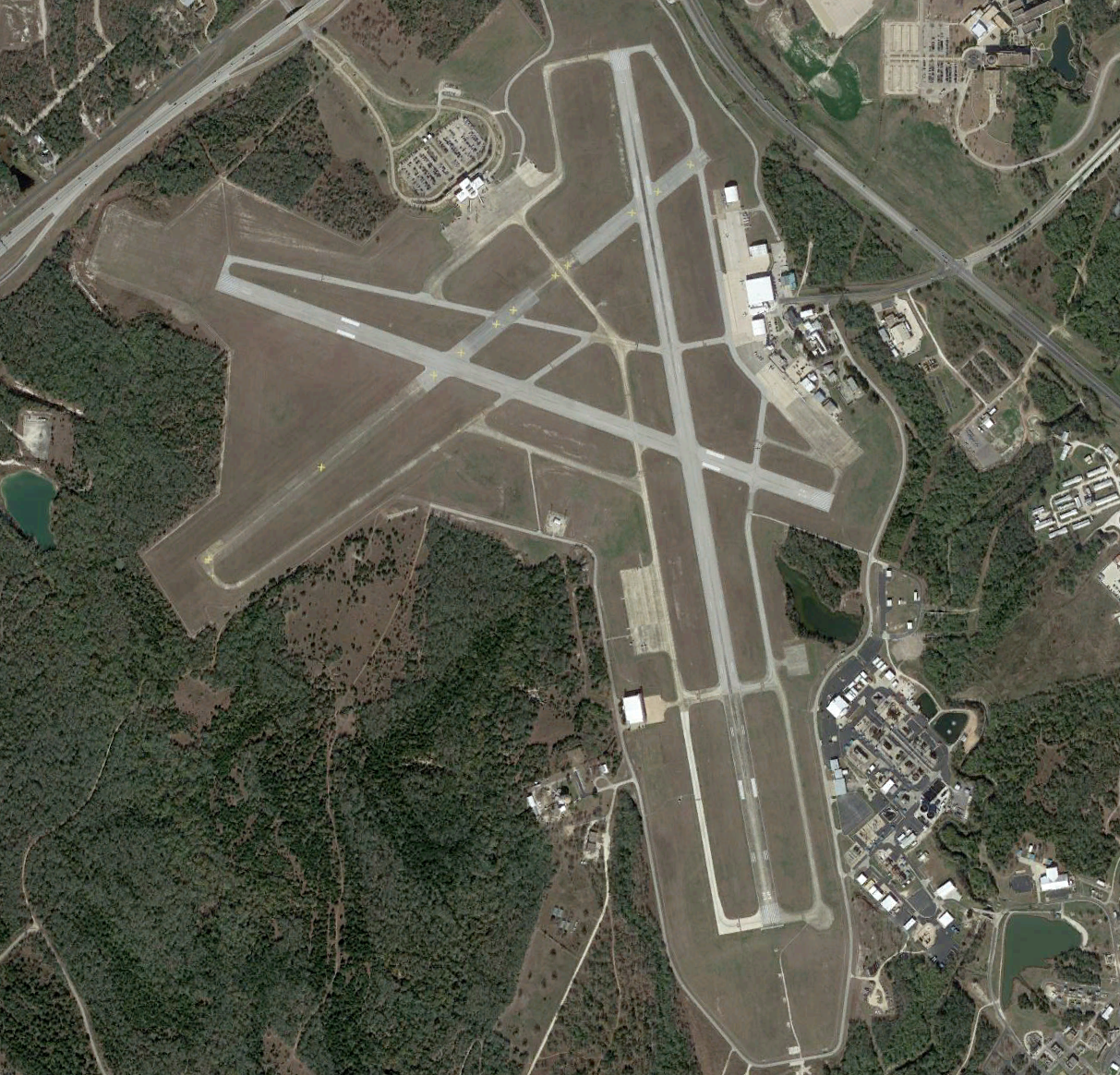
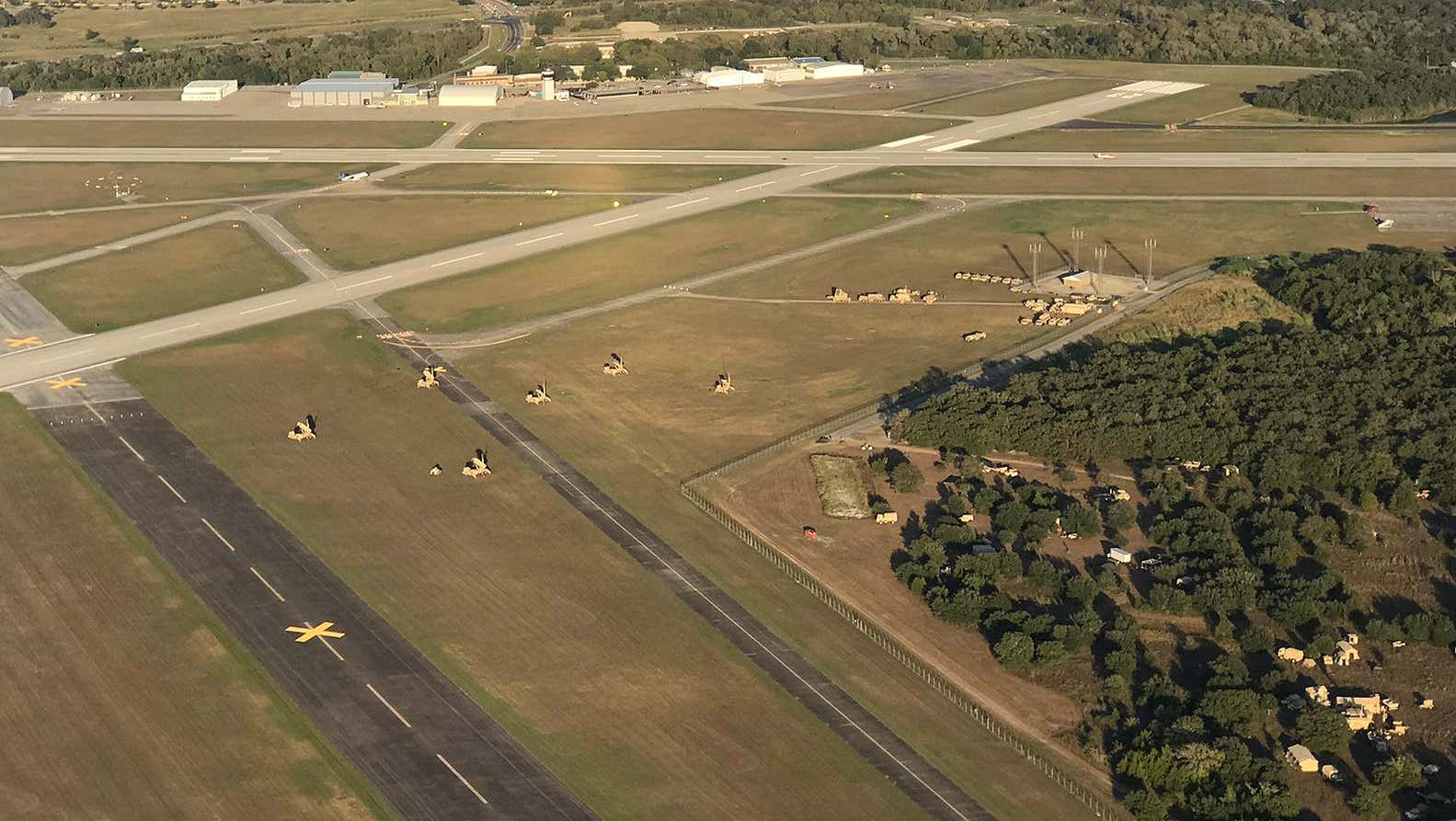

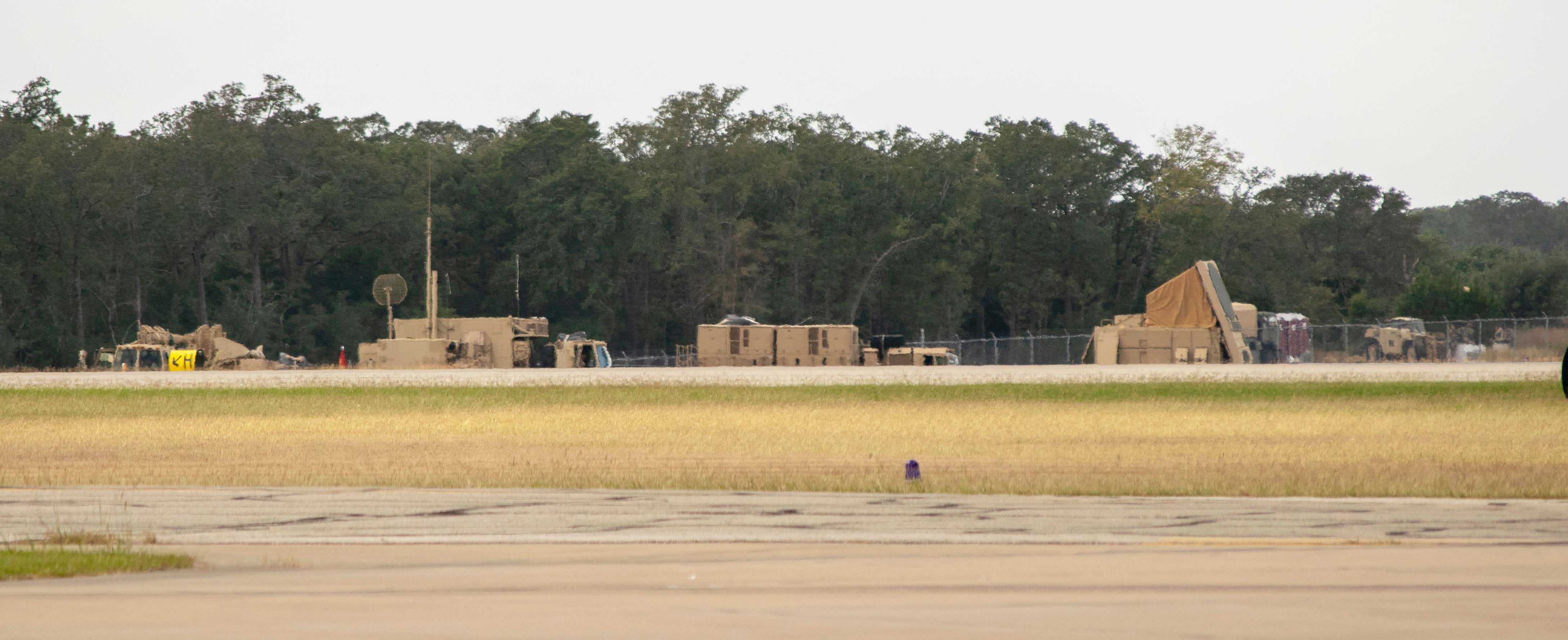
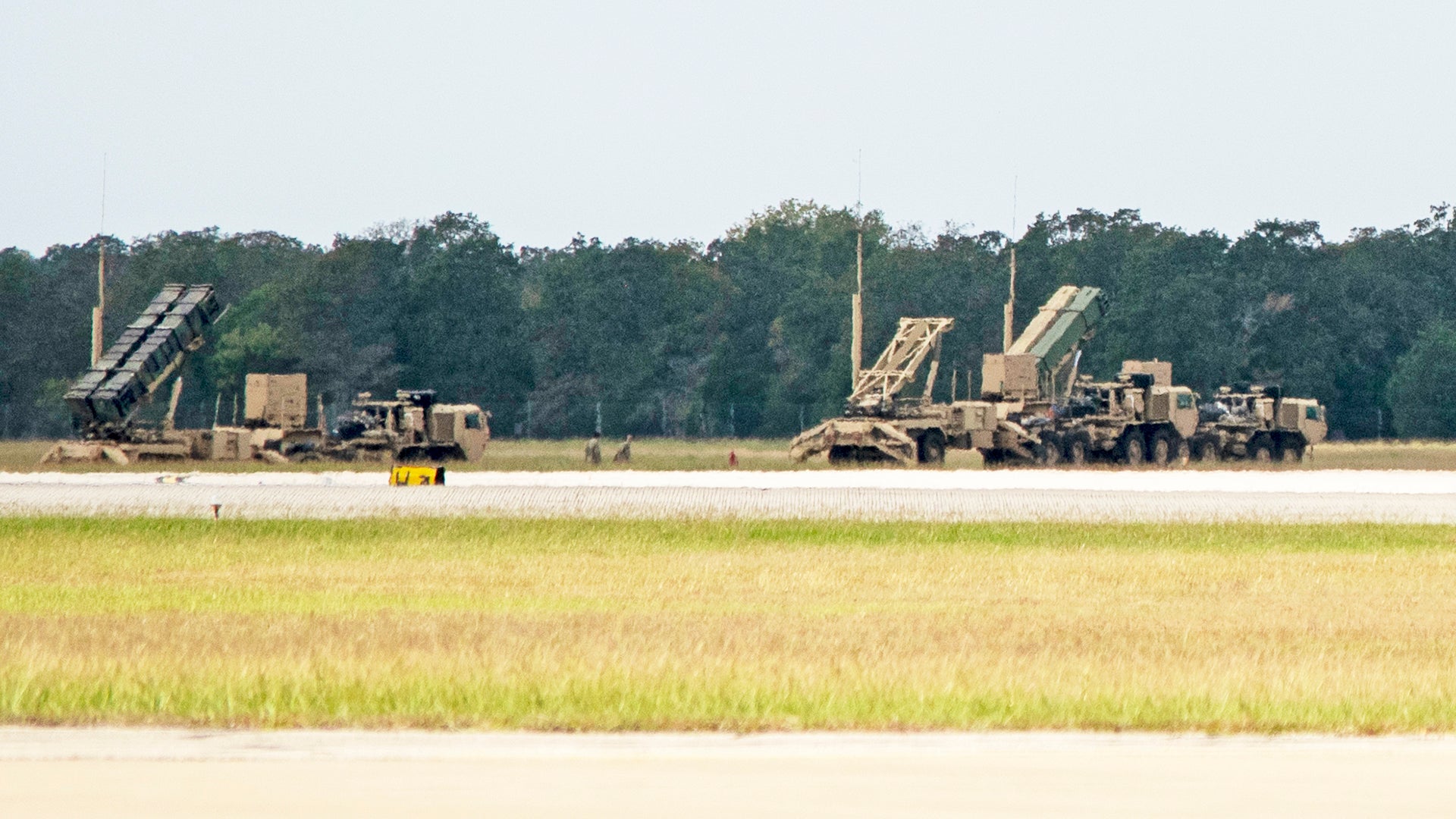



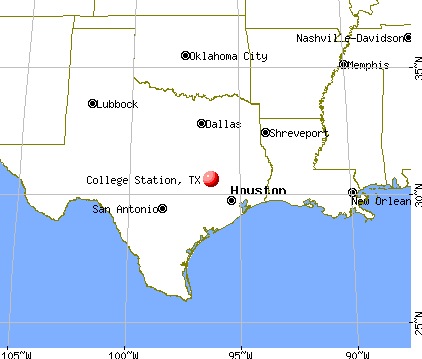

/Caribbean_general_map-56a38ec03df78cf7727df5b8.png)

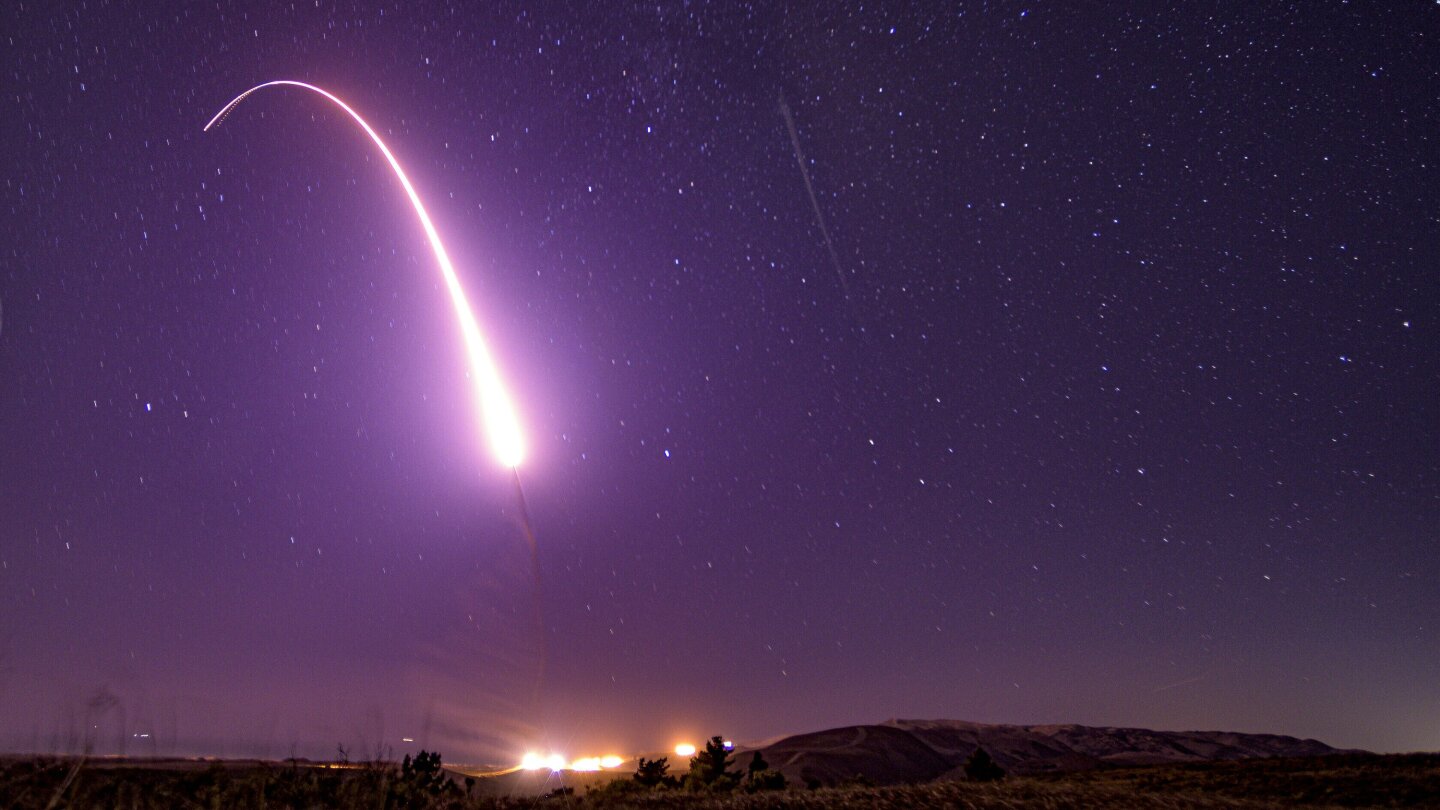
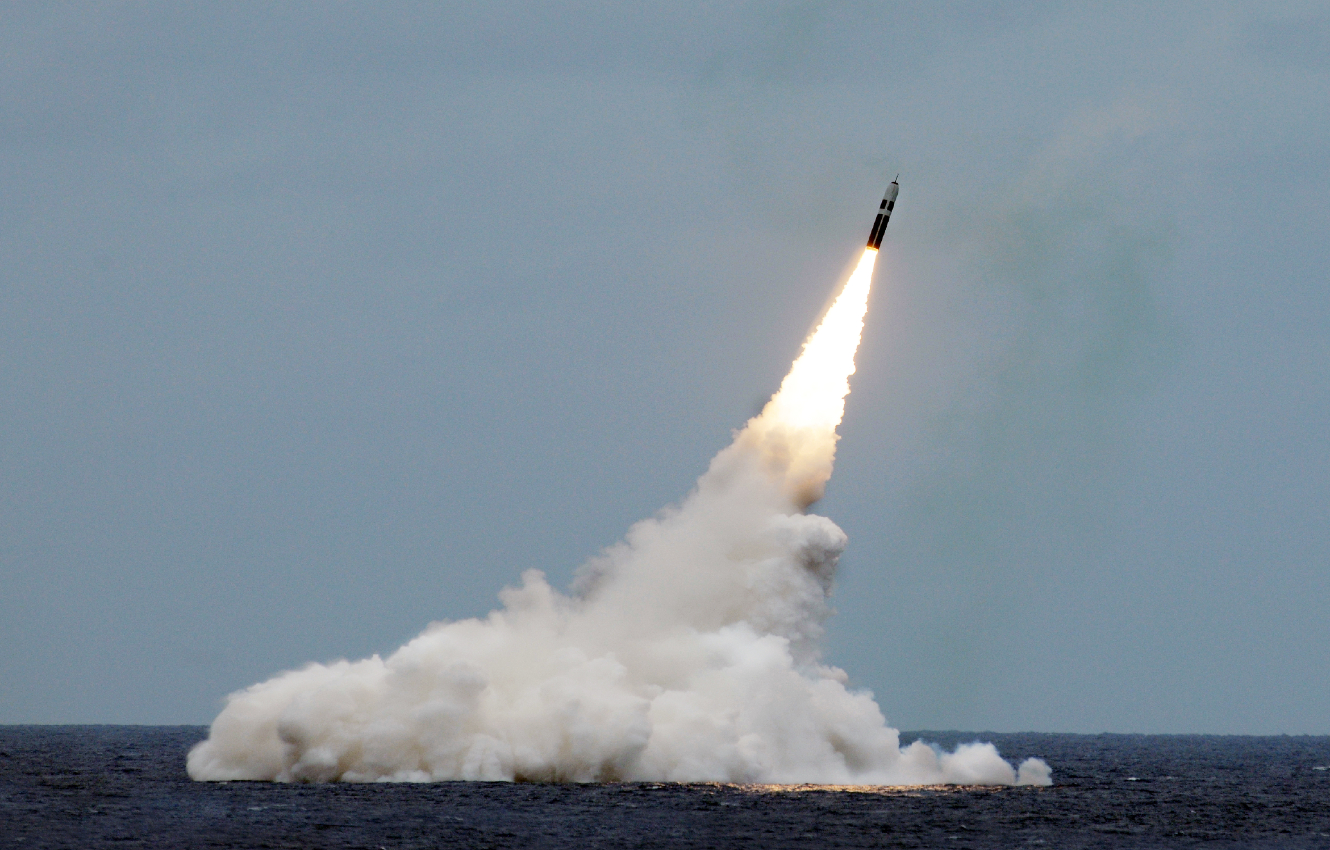
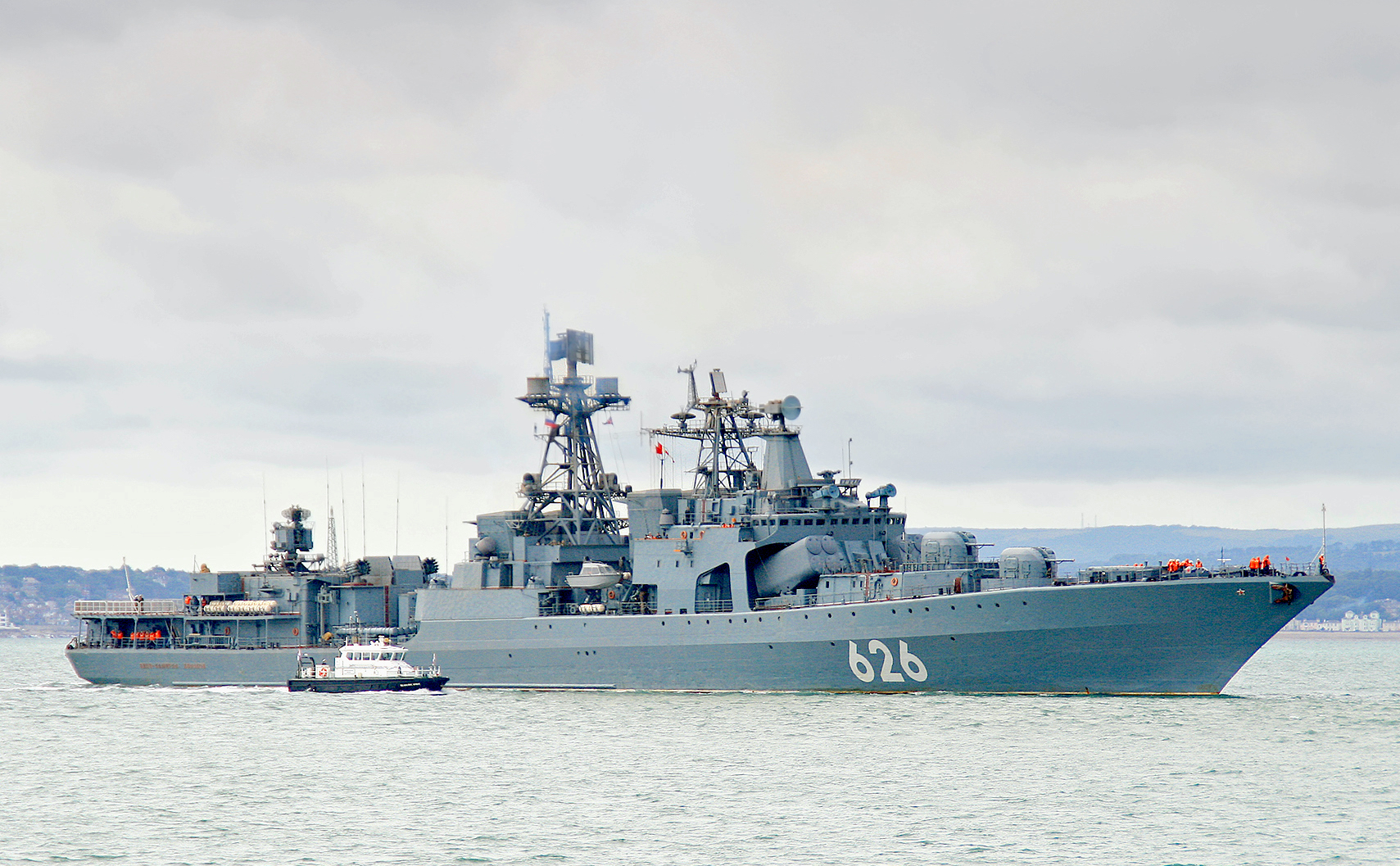
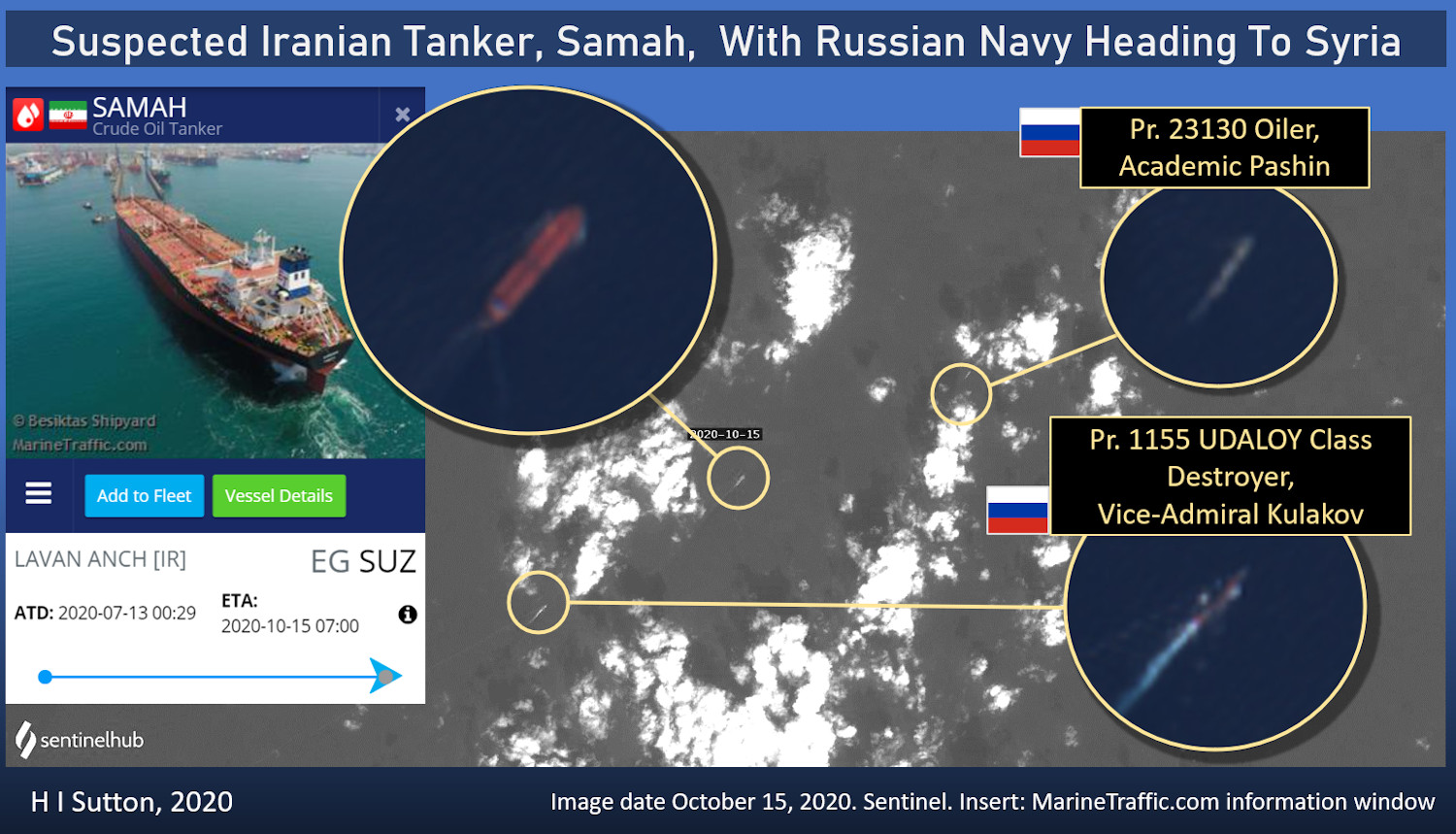





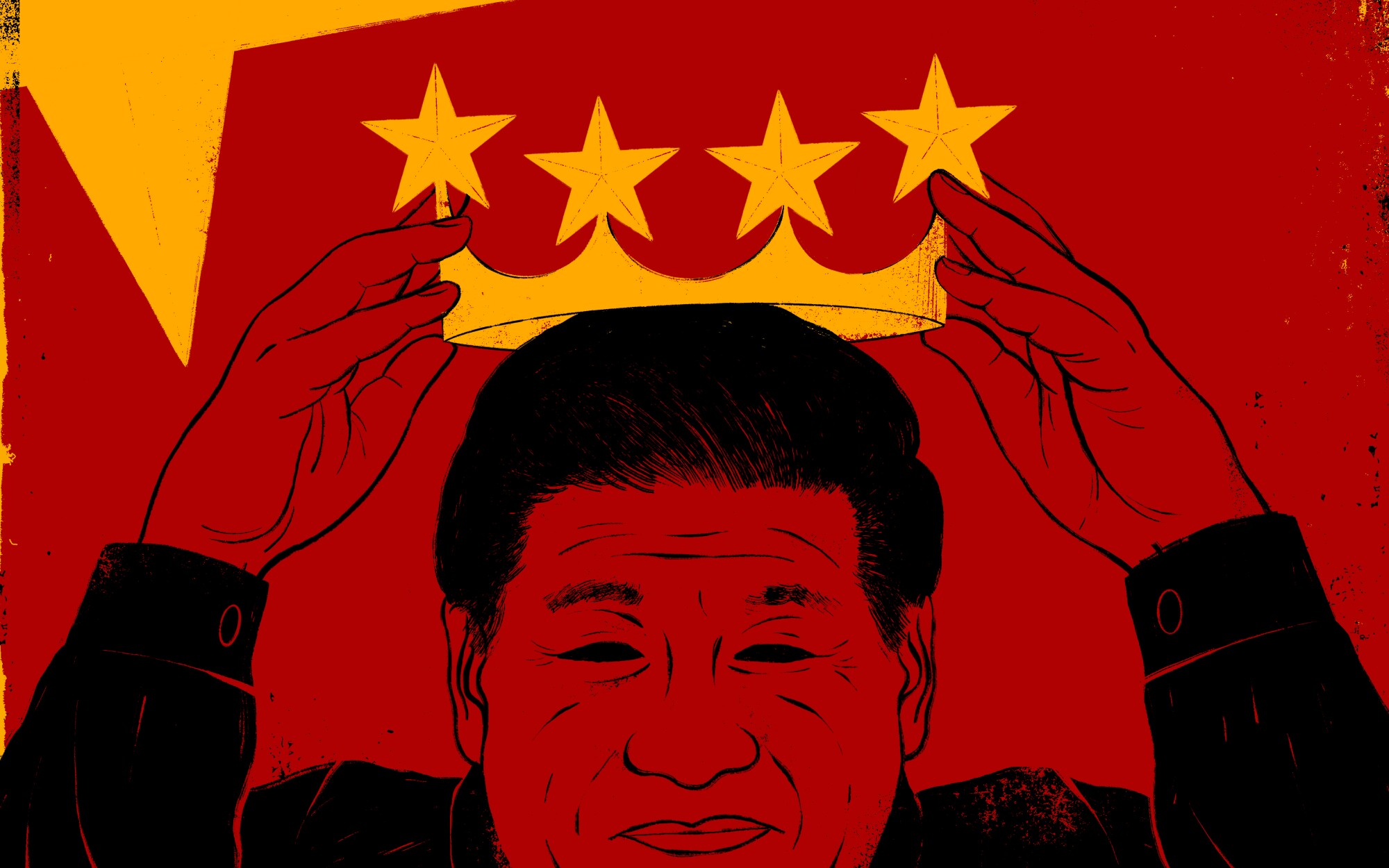
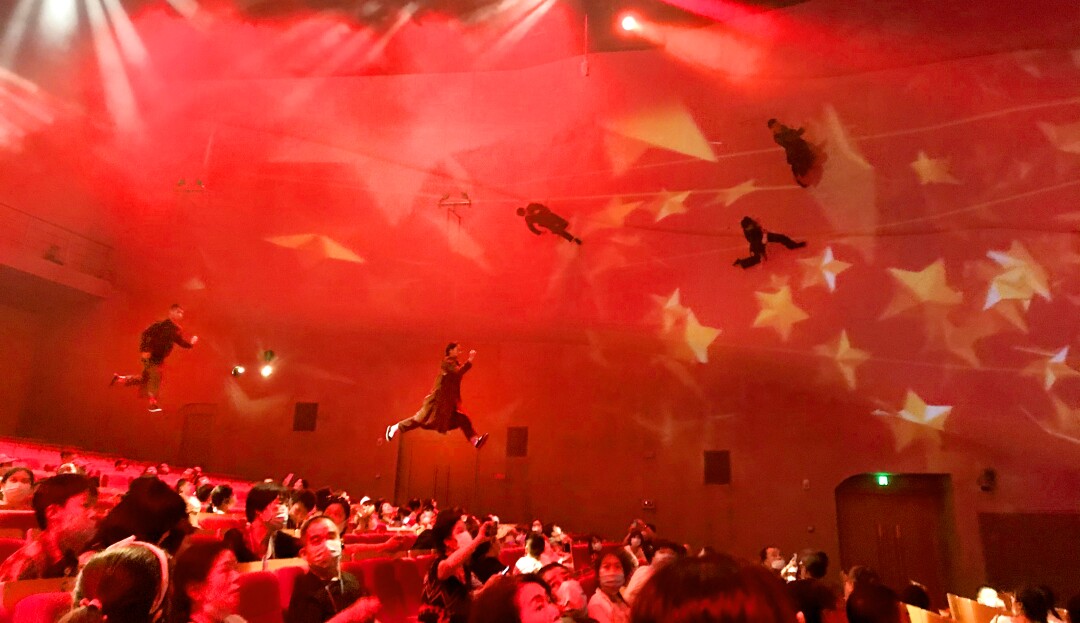
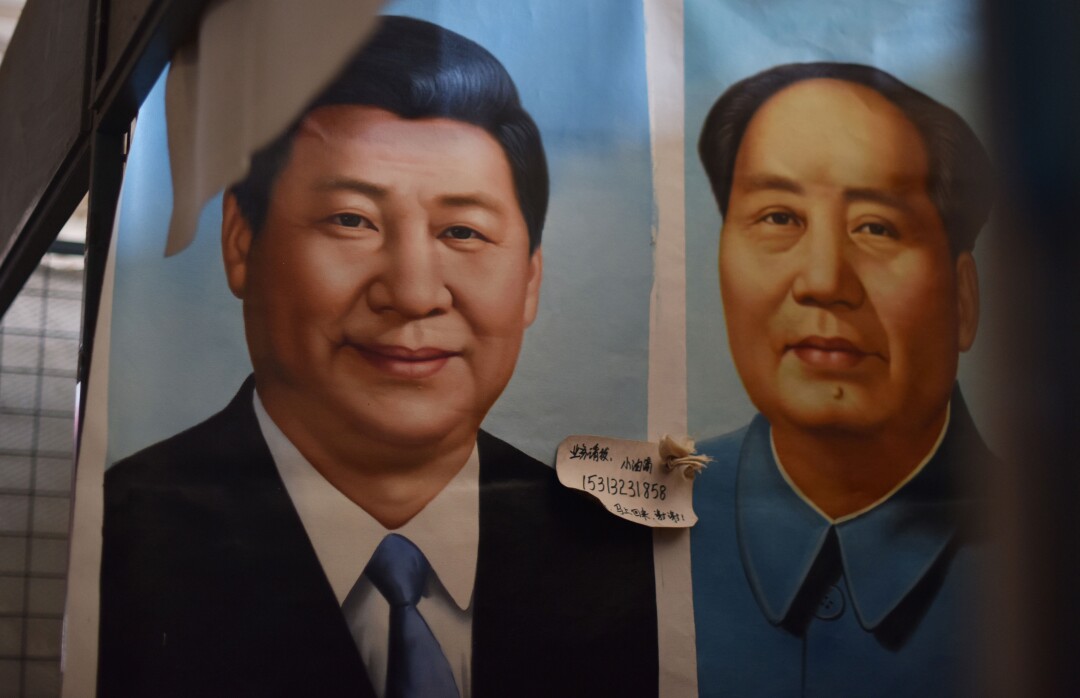


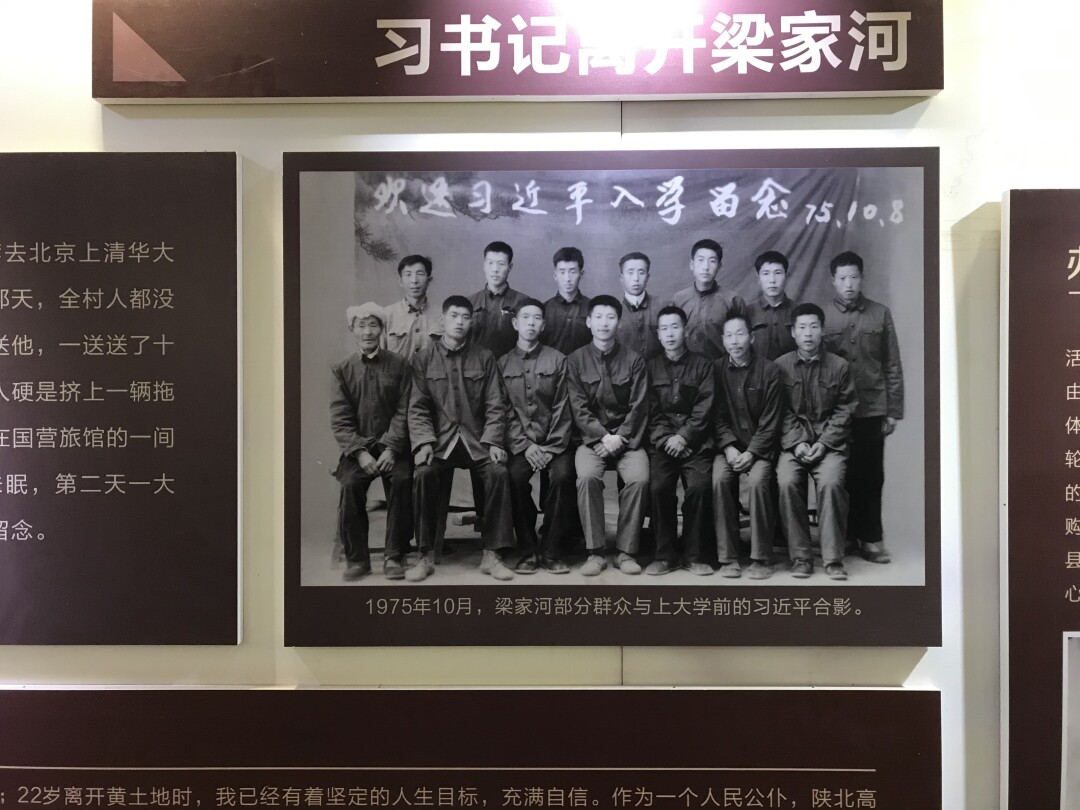






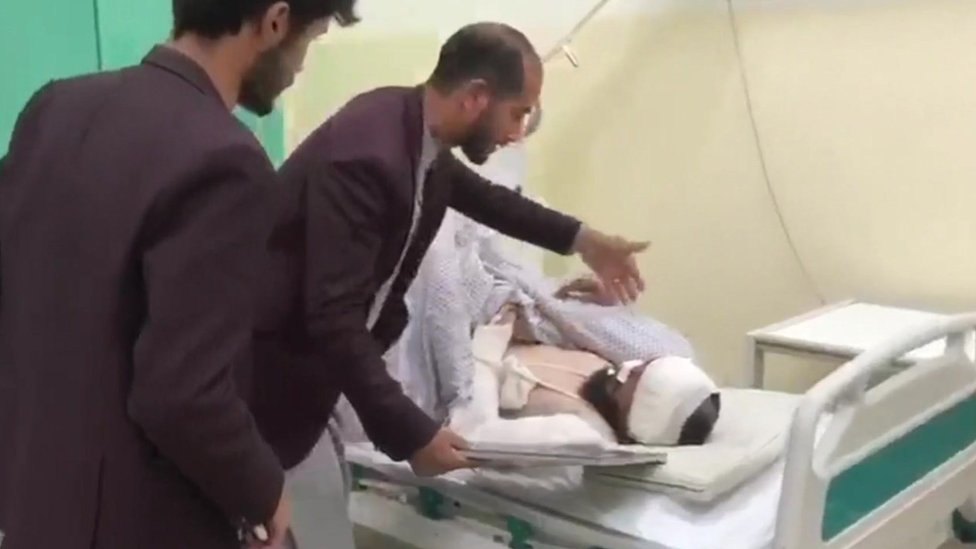


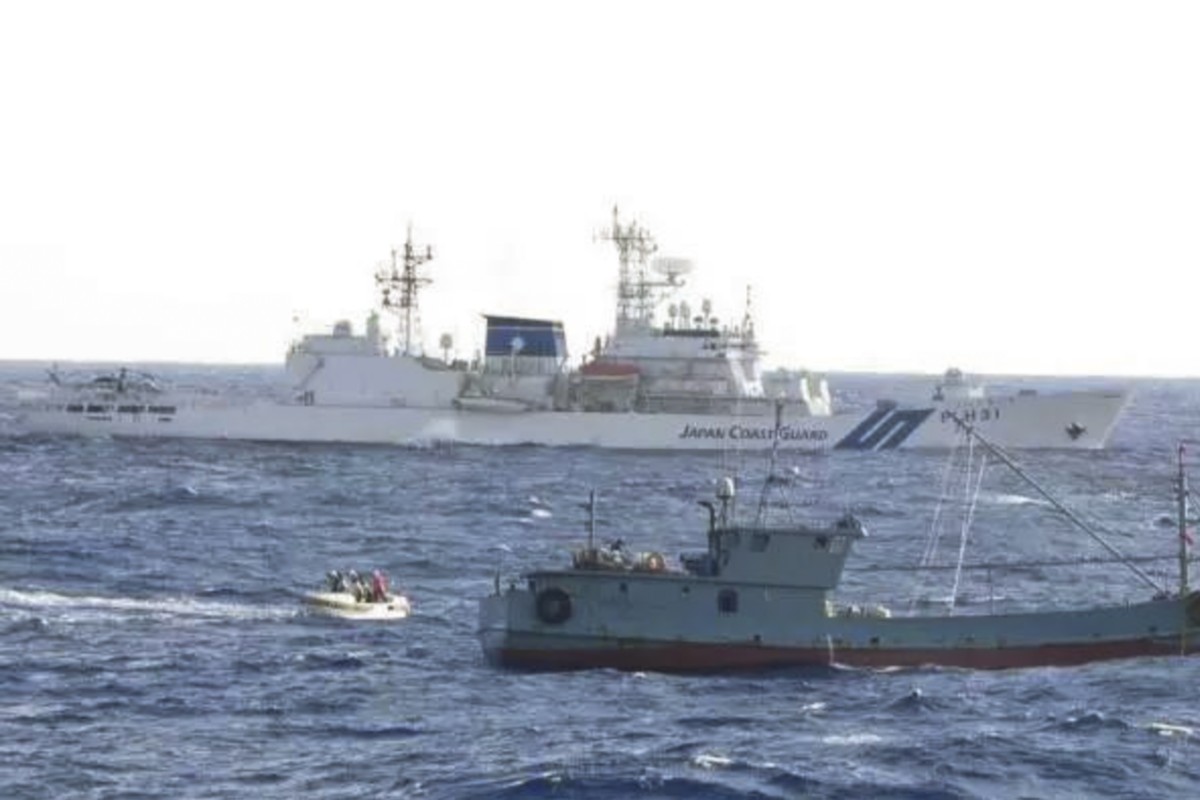
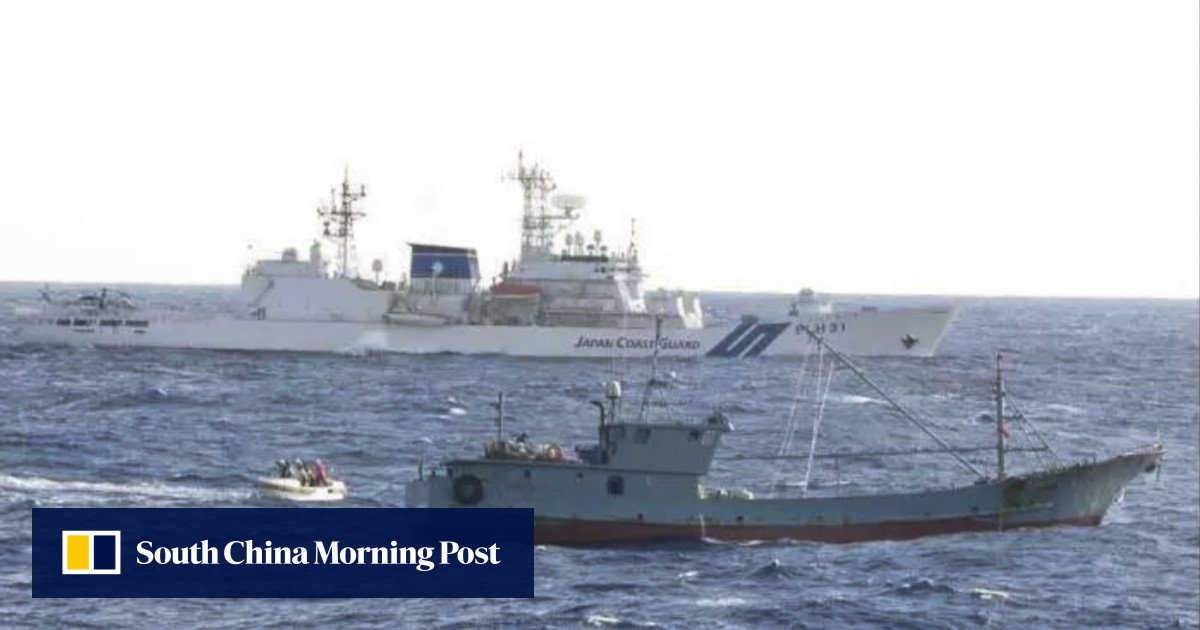
/cloudfront-us-east-1.images.arcpublishing.com/mco/XJYIL4UURFAAJFFKDGJI6E4MO4.jpg)
:quality(70)/cloudfront-us-east-1.images.arcpublishing.com/archetype/XJYIL4UURFAAJFFKDGJI6E4MO4.jpg)
